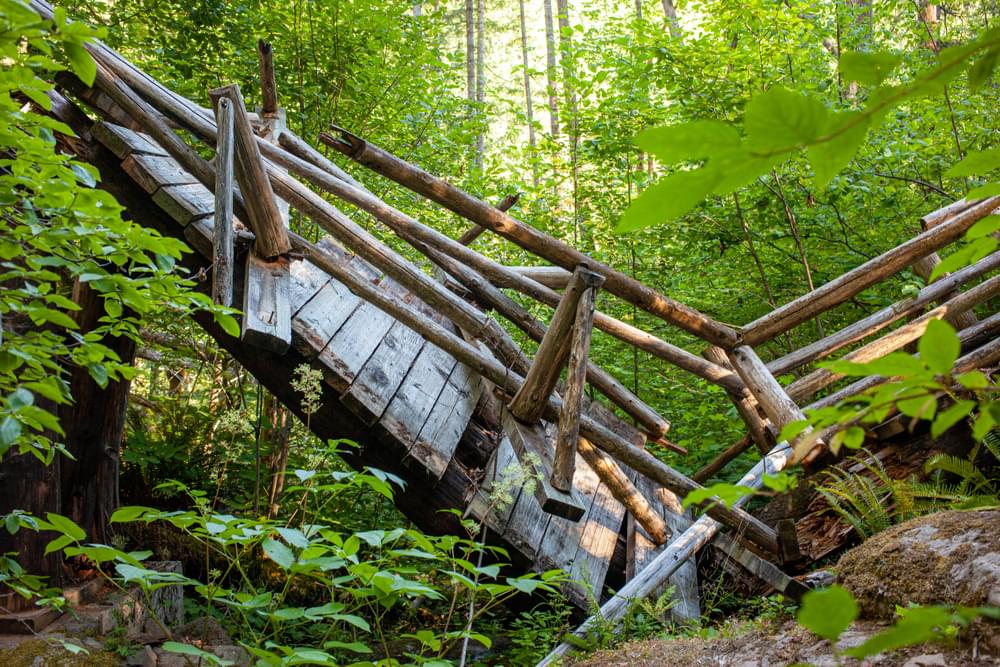




That trails don’t just exist that they need to be maintained, that they need to be supported financially and politically or they are at threat of disappearing.

There is a perception that trails just exist. If we do not help our decision makers, investors, and citizens understand that trails are critical infrastructure requiring consistent, ongoing funding and maintenance, they will simply disappear or degrade over time. We must make it apparent to citizens, leadership, and investors that trails improve the quality of life for all Americans.
A 2013 Government Accountability Office (GAO) report found that: The Forest Service has more miles of trail than it has been able to maintain, resulting in a persistent maintenance backlog with a range of negative effects. In fiscal year 2012, the agency reported that it accomplished at least some maintenance on about 37 percent of its 158,000 trail miles and that about one-quarter of its trail miles met the agency's standards. The Forest Service estimated the value of its trail maintenance backlog to be $314 million in fiscal year 2012, with an additional $210 million for annual maintenance, capital improvement, and operations. Trails not maintained to quality standards have a range of negative effects, such as inhibiting trail use and harming natural resources, and deferring maintenance can add to maintenance costs.
Dive deep into the perennial issue of the trail maintenance backlog and lack of adequate trail staffing on Federal, state, and local properties. Volunteers are often held up as a way to solve the backlog, but they often come with their own management issues. Strategies must be developed to appropriately utilize volunteer, youth corps, and professional trail builder resources to help manage our public land resources. We will explore the needs and develop tools based on some of the most successful organizations and agencies around the country.
Outdoor recreation (trail construction/management) plays a huge role in economic revitalization of cities all across the country. This role is directly accompanied by skyrocketing use of trails in areas that were not originally designed to accommodate this capacity. We should not be waiting for Washington to take action. Addressing capacity and overuse on our trails lies in the public’s interest.
This is an interesting article from NPR that directly addresses the issues that many of our rural communities bordering overused public lands are facing: https://www.npr.org/2019/03/31/708051277/on-public-lands-visitors-surge-while-federal-management-funds-decline
Motorized, equestrian, biking, and hiking users do not always get along. The truth is, different user types often need different amenities, but we all have far more in common than not. When conflicts inevitably arise, what do we do? In order to resolve the issues around multi-use conflicts, we must first understanding the needs of the different user groups, and then explore best practices for meeting those needs through innovative planning and design techniques.